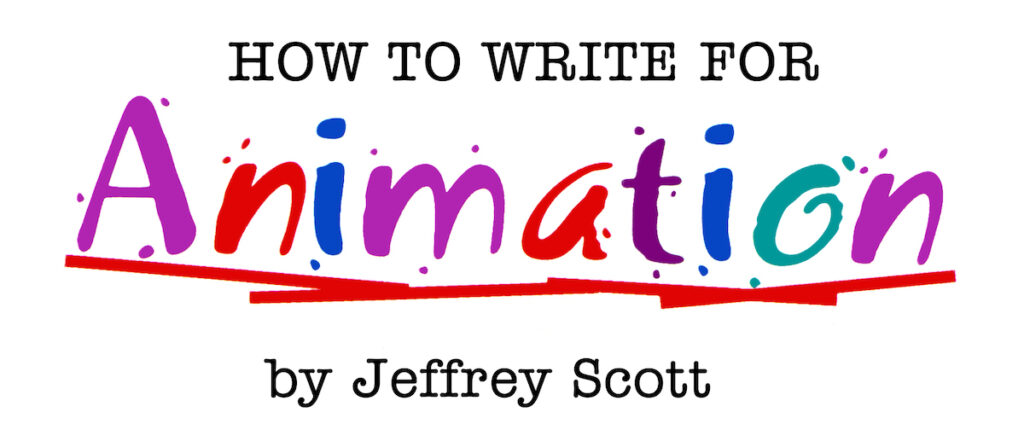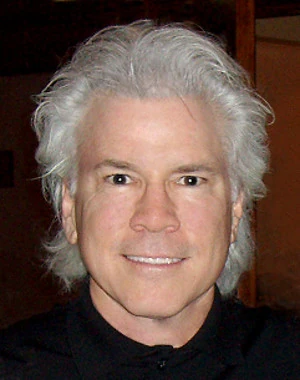There are far more animated television episodes produced each year than animated features, so you’re much better off starting out with TV writing. So, that is what I will focus on.
There are three basic steps to the animation writing process: premise, outline, and script. It all begins with the premise. A premise is a simple telling of your story, generally from one-half to three pages. It lays out the beginning, middle, and end of the story, and little else. A premise is what the writer gives to the story editor or producer as the initial attempt to get a script assignment.
For the writer, a premise has two purposes: first is to communicate the story; second is to sell the story. The most important thing to remember when you’re trying to sell a premise is that it must work well in the context of the series. It must therefore fit the characters and the format.
If you want to win in this business—or any business, for that matter—the best way to do so is to have your work stand out. For your story idea to stand out it needs to be different. But what makes something different? The answer is not necessarily in the basic idea itself, but in the way it is executed. You can take a familiar story and change its setting or its date or its characters and make it fresh. You don’t copy, you find new ways to express things. For example, take Star Wars. Now, imagine it taking place in a world of honeybees with the hive as the Death Star, the queen as the Darth Vader villain, and a young ladybug as Luke Skywalker. It is now a fresh idea. The formula is
OLD IDEA + NEW TIME, PLACE, FORM, AND CHARACTERS = NEW IDEA
I borrowed an “old” idea known as Raiders of the Lost Ark and changed the setting to a basement and the characters to Kermit, Piggy, and Gonzo and got a fresh idea that turned into the “Raiders of the Lost Basement” episode of Jim Henson’s Muppet Babies.
Another way to create a good premise idea is to have the story grow out of character. A terrific example of this was the 1999 movie, Muppets in Space. The character Gonzo has never known what he is, other than a weirdo. From this character’s need—to know about himself—came a story about Gonzo learning that he’s really an alien.
Of course, one of the most important working rules of all is
KEEP IT SIMPLE!
Don’t get too complicated with your ideas or your writing. Simpler is always better, especially in animation.
A TV writer needs to be able to come up with lots of ideas. If you’re pitching premises you’ll need lots of them because most premises are not accepted. The solution to a rejected premise is another premise. Don’t take a loss when your premise is rejected. Look on the bright side: The more you write the better you’ll get. How many ideas can you come up with? Two? Six? A dozen? The answer is: As many as you think you can.
An important rule that will help you sell more of your premises is
YOUR INITIAL AUDIENCE IS NOT THE VIEWER
BUT THE STORY EDITOR OR PRODUCER
WHO IS GOING TO BUY YOUR IDEA.
He or she is the one you want to sell. Which brings up yet another important point.
ALWAYS TRY TO FIND OUT WHAT THE BUYER WANTS
If you limit your ideas to those that you think are terrific you might miss the mark. You’ll have a much better chance of selling something if you know what’s wanted (and not wanted) before you start pitching your premises. It’s not always easy to find out what people want in this industry. But try to find out whatever you can before you start dreaming up ideas.
©Jeffrey Scott, All Rights Reserved
Jeffrey Scott has written over 700 animated and live-action TV and film scripts for Sony, Warner Bros., Disney, Marvel, Universal, Paramount, Columbia, Big Animation, Hanna-Barbera and others. His writing has been honored with three Emmys and the Humanitas Prize. He is the author of the acclaimed book, How to Write for Animation. To work with Jeffrey visit his website at www.JeffreyScott.tv.



